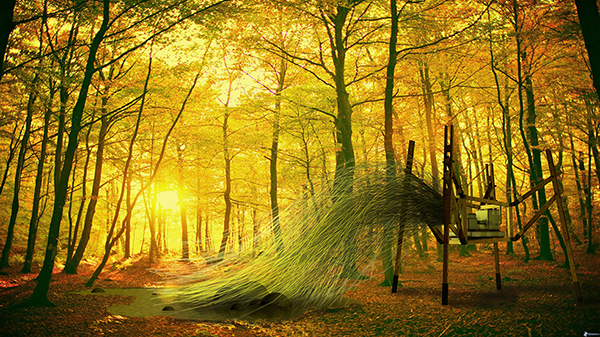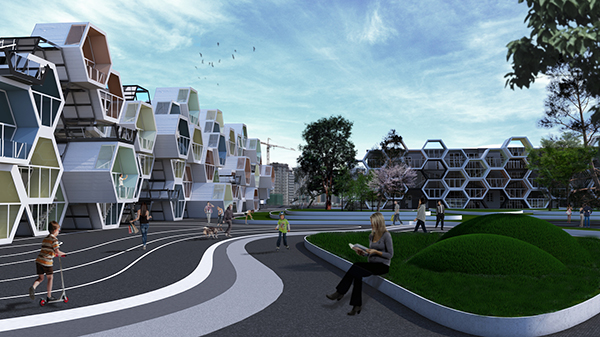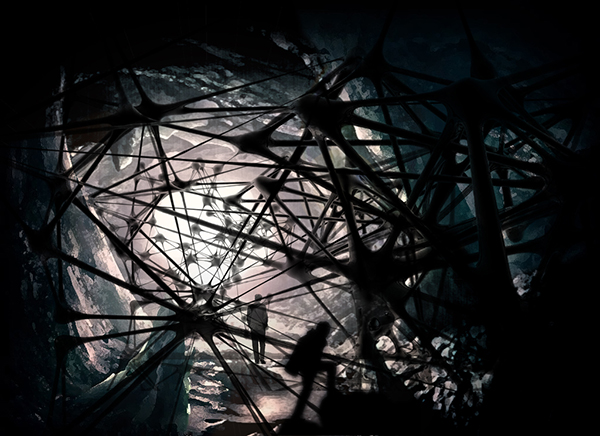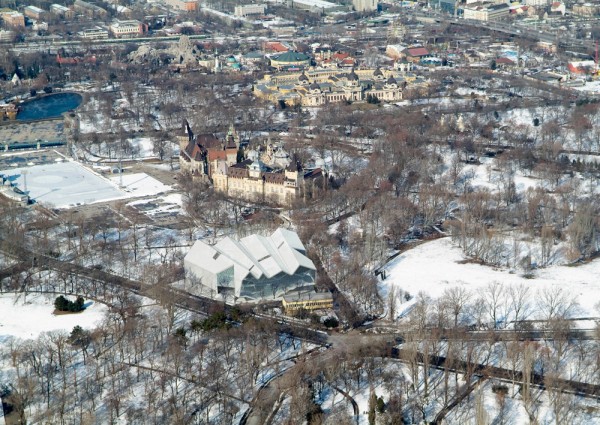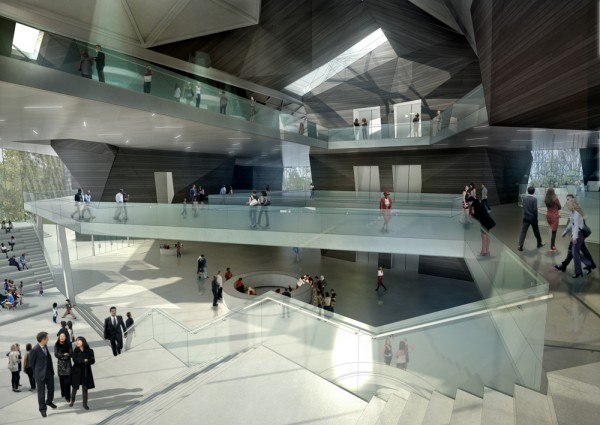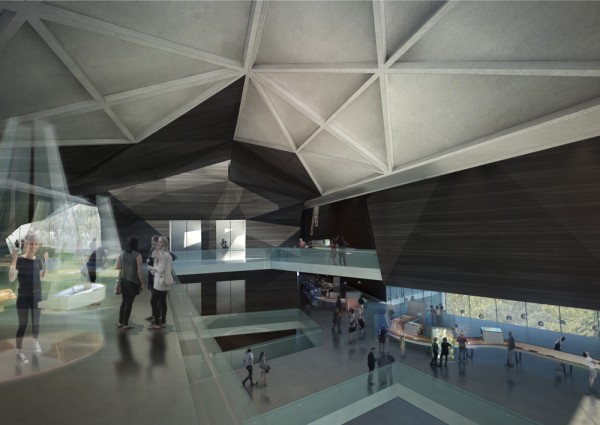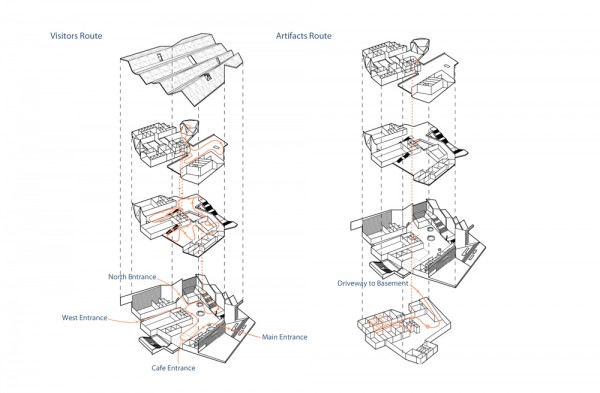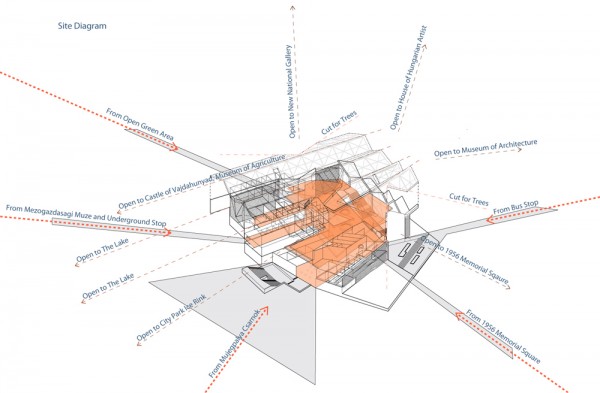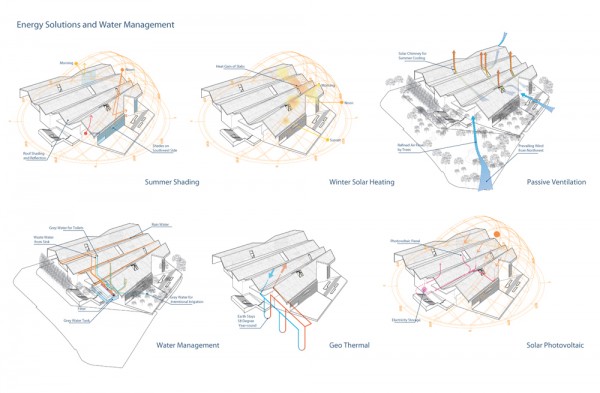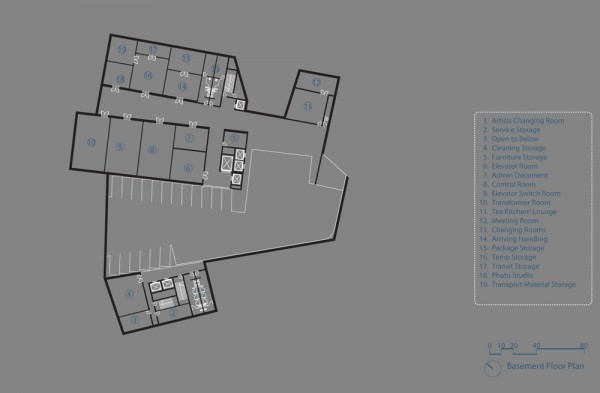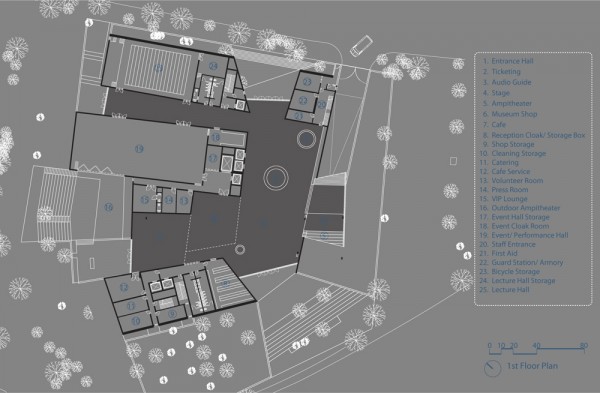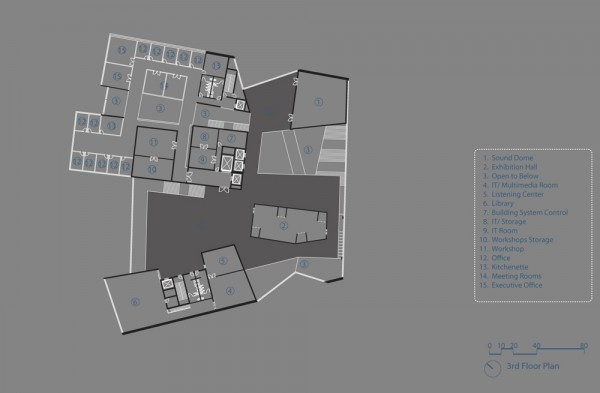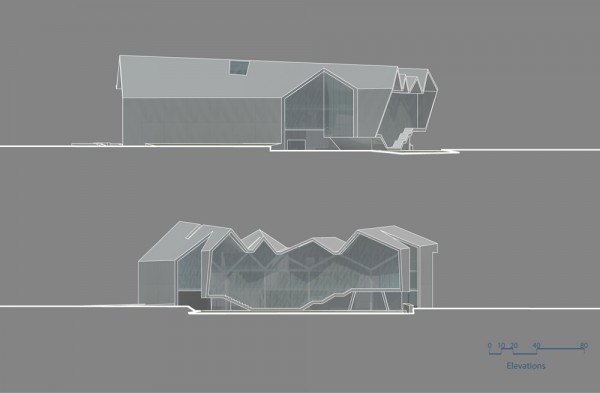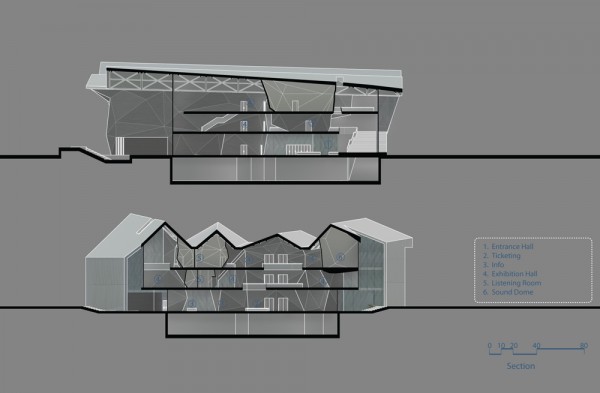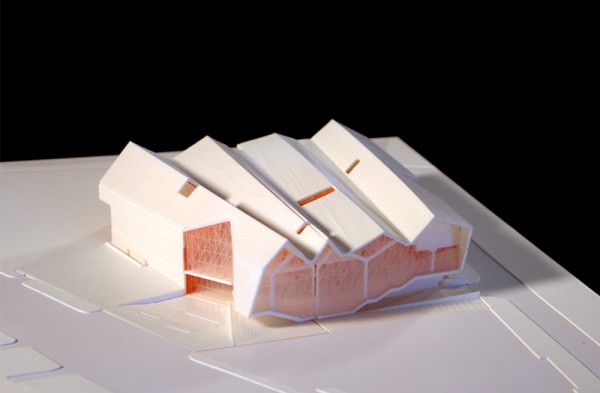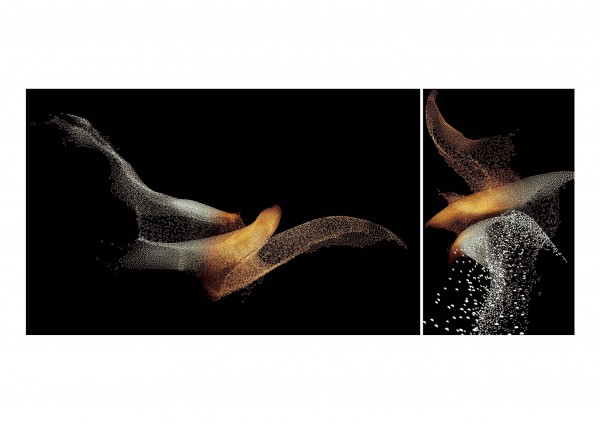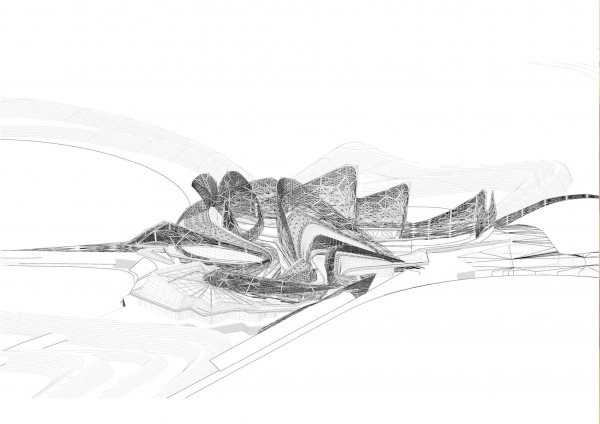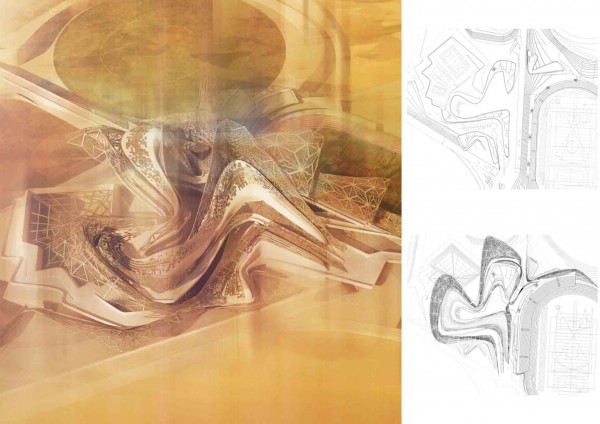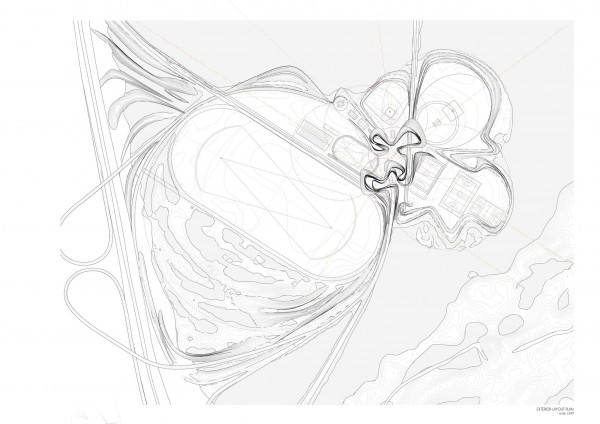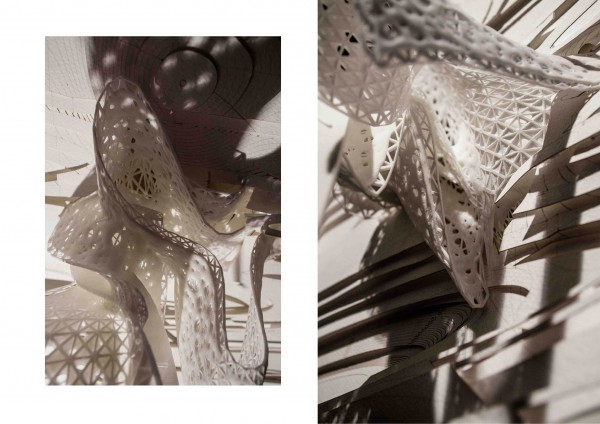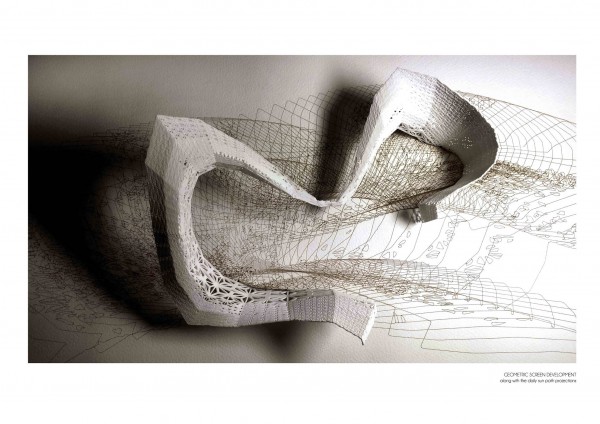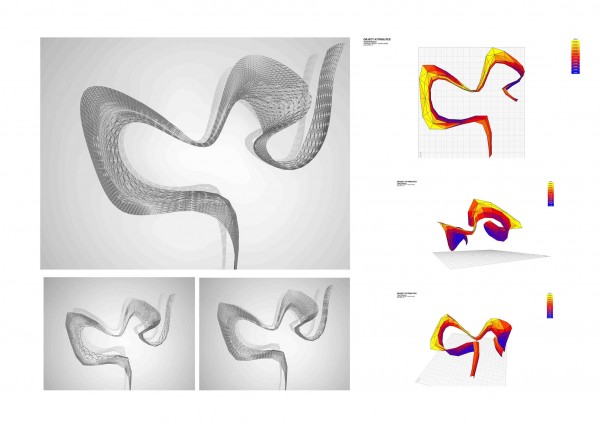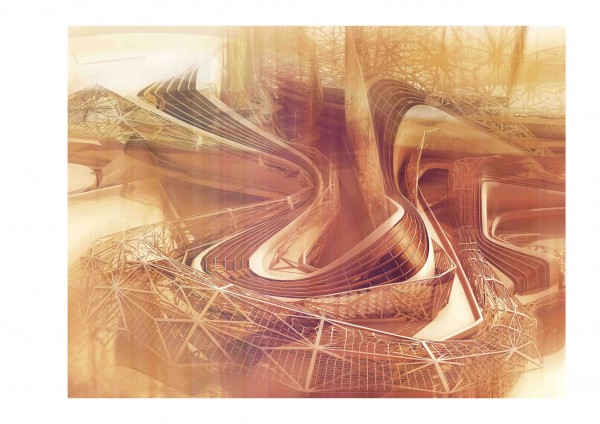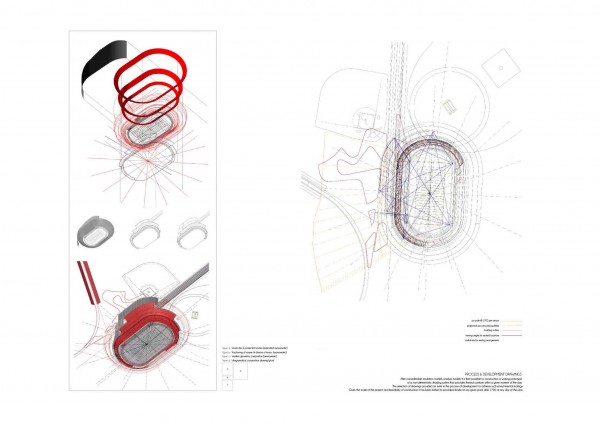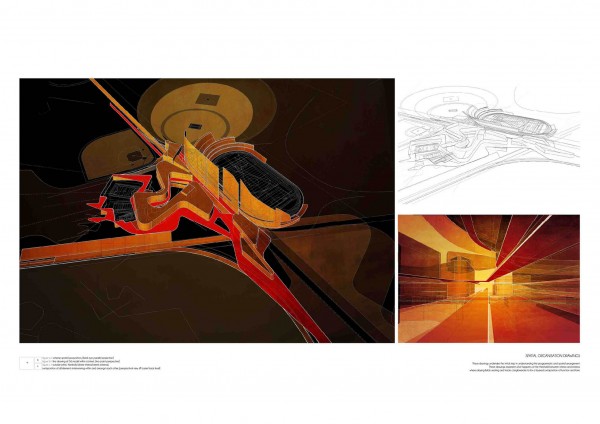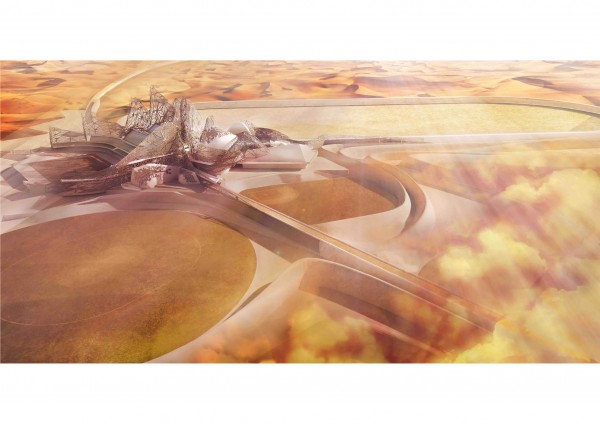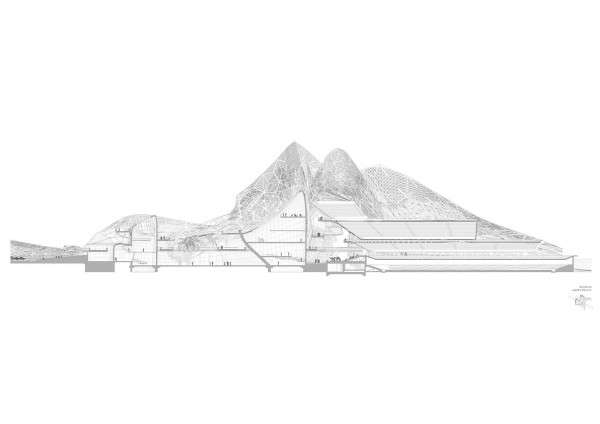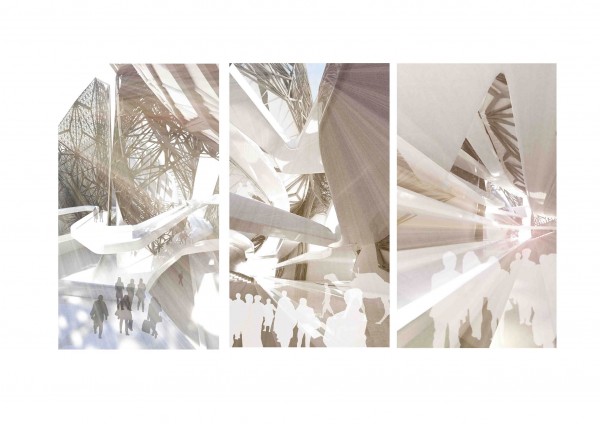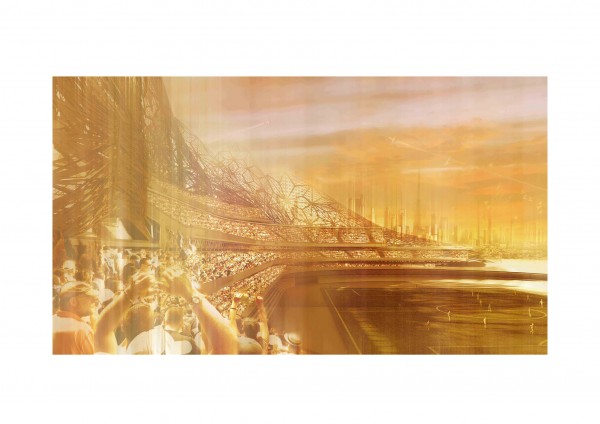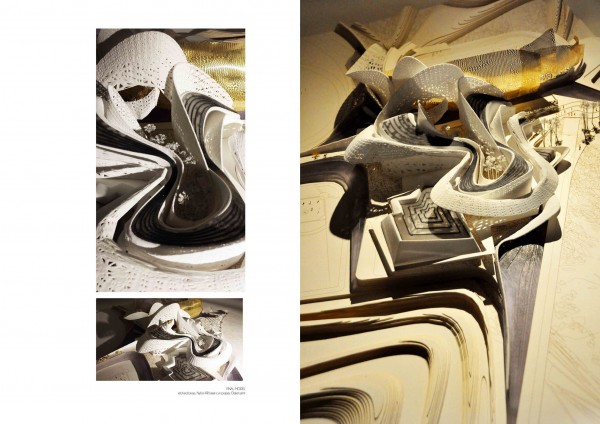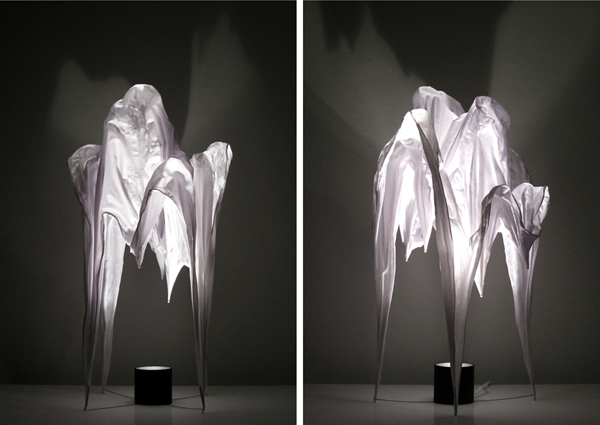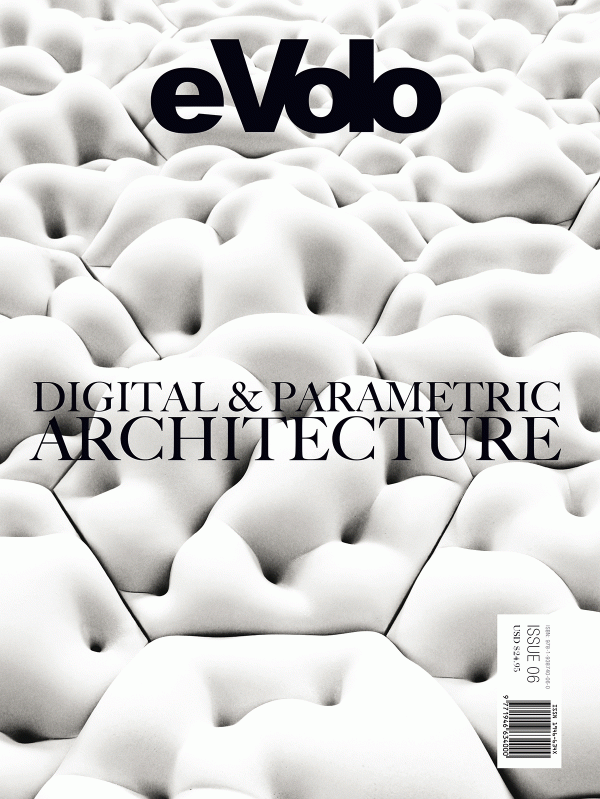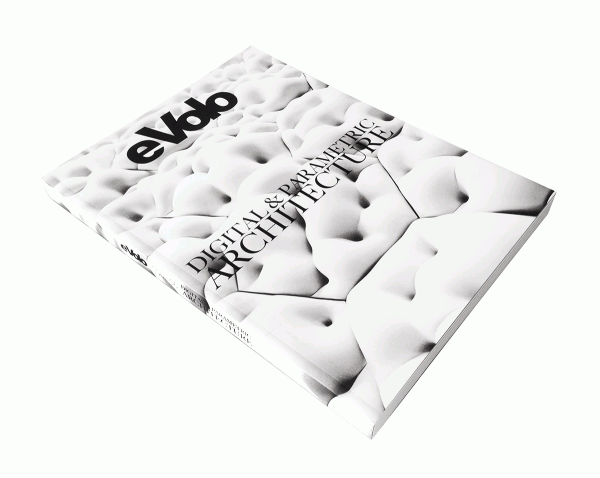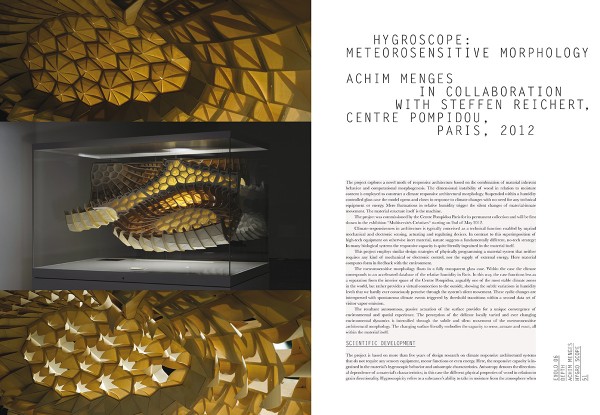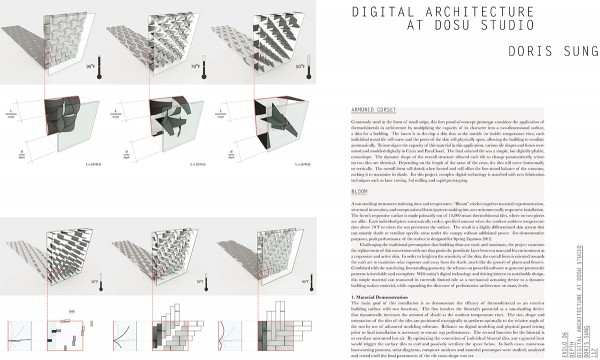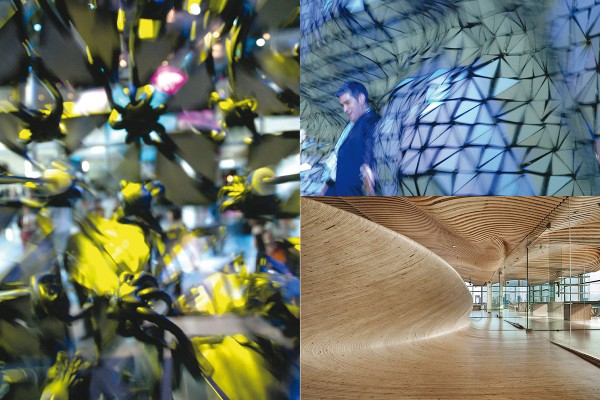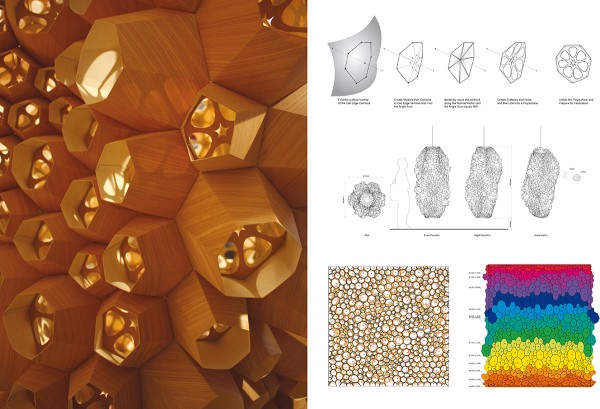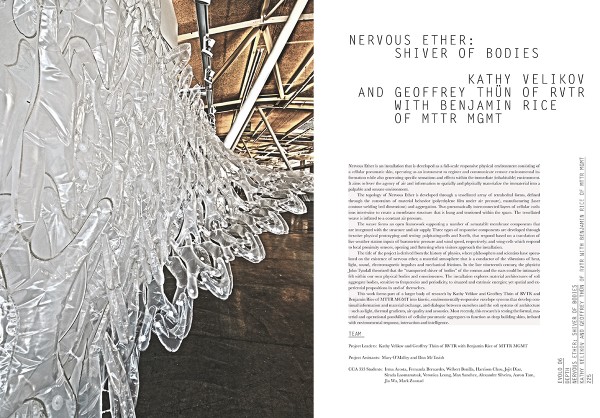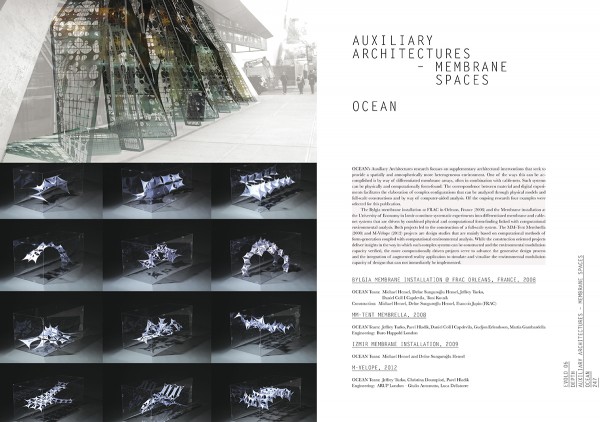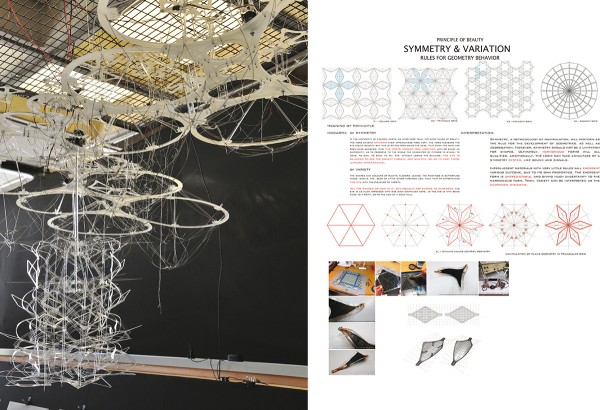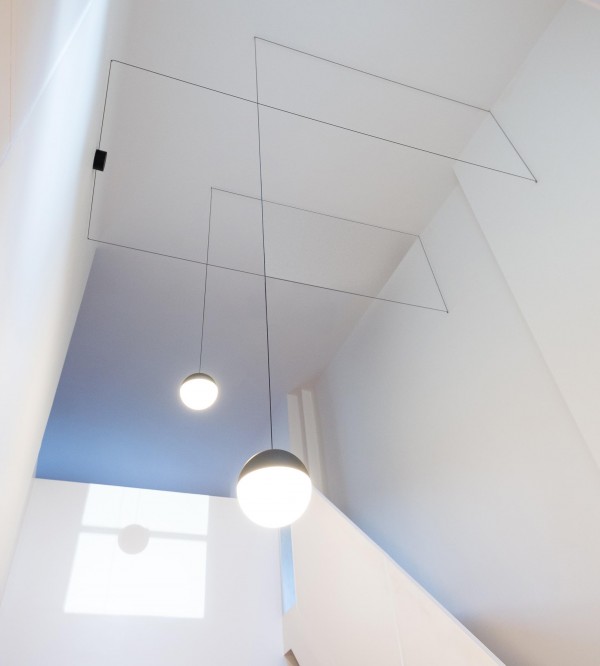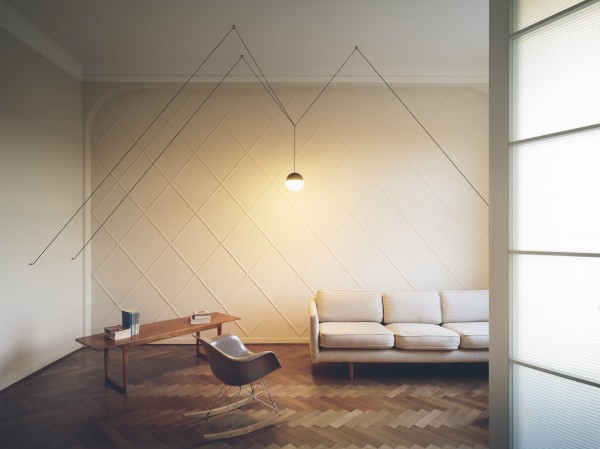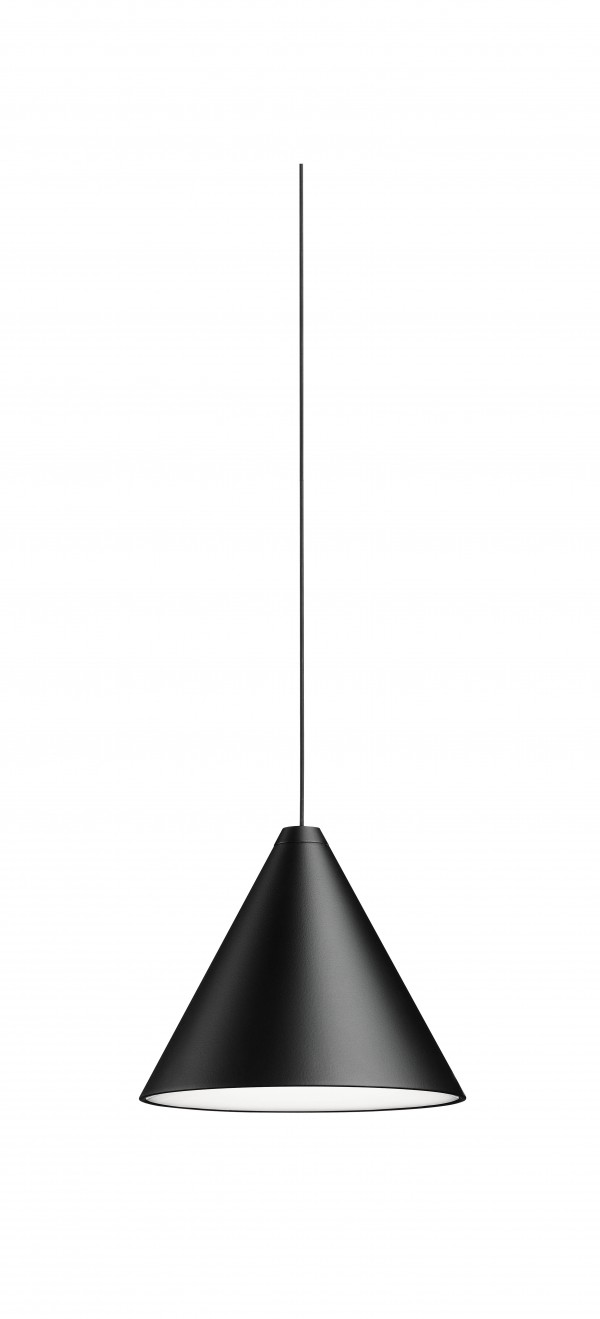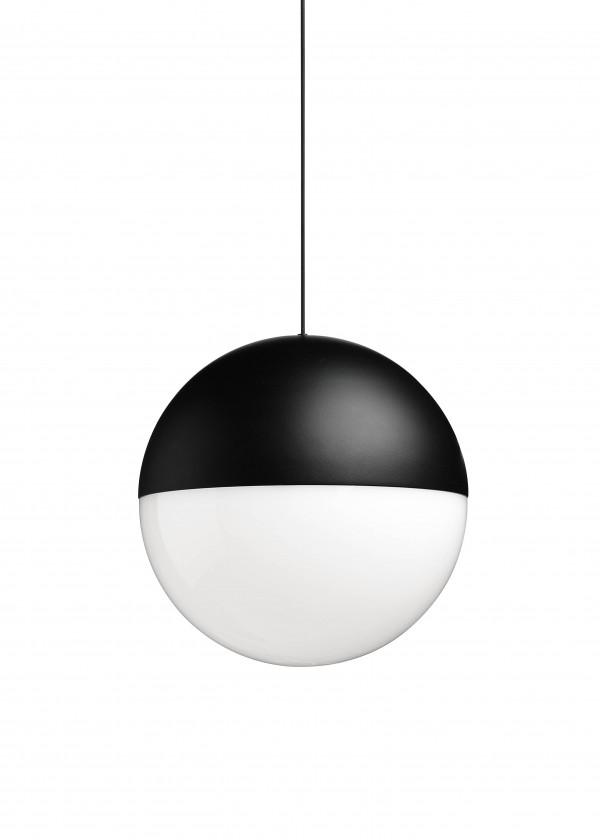For some time now there has been a plan to design a museum of oil in Italy . The site of Vallezza , starting from the first drilling in 1905 , has established itself as a strategic center for the extraction of hydrocarbons in Italy; it has played a very important role during the two world wars of the first half of 900; his unique yellow oil , with natural characteristics similar to those of an already refined product, was pumped directly from the reservoir to the tanks of vehicles. The story of hydrocarbons, although still short in the context of human history, today is one of the events that have most influenced and changed our way of life and the planet itself. From the seventies to today, the extraction of hydrocarbons has not undergone substantial technological evolution; activity is concentrated in research and oil processing in consumer products and especially energy. I guess, in the composite and sometimes crumbling reality of Vallezza , a story that can go beyond the simple narrative of the time of the hydrocarbons and their exploitation : a kind of purification and redemption; I do not intend to represent, in this place, a present that is visible to all, but a now -too-distant past that belongs to history, and a growing story for the future; from here the idea of conversion, re-appropriation by the nature of a land transformed by humans and a future full integration between man, technology and nature.
Project by Enrico Galeazzi. Read the rest of this entry »

